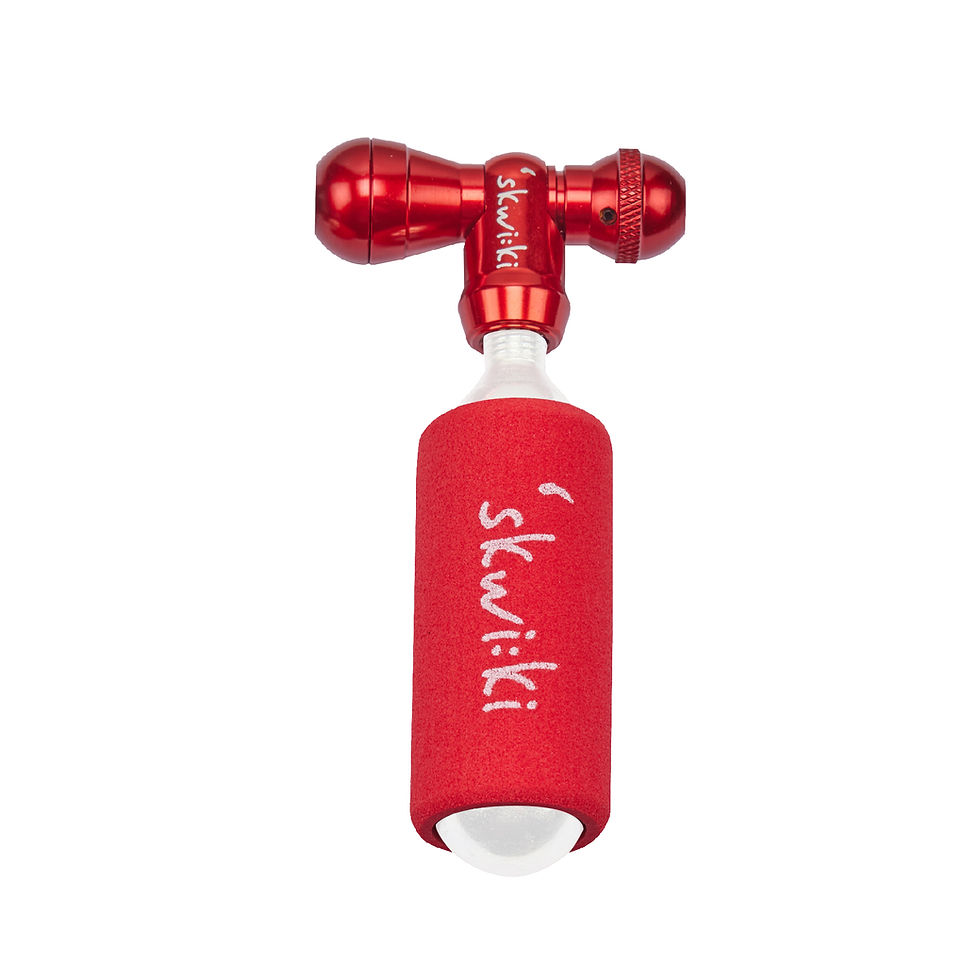One of those essentials items you always need to have and carry with you is a bike pump. Even without a puncture, air will slowly escape from tyres over time which is why your tyres get flat after some time of storage.
So what you need to think about is, what kind of pump you need? Let us explain you the basic information about pumps so you will be ready to decide which choice would be better for you.
The first question when purchasing a bicycle pump is which type of inner tubes you use. The two standard valve types are Schrader and Presta.
Schrader valves are generally used on hybrid and children's bikes. Presta valves, which are found on most road and off-road bikes, are longer and thinner and feature a threaded tip, which must be opened to inflate (turn counterclockwise).
If you have bikes with both valve types, you'll want a floor pump that fits both. And, your frame pump must match the valve type on the bicycle you plan to carry it on. Usually, however, these pumps come with heads, which work with both types of valves.
Floor / Track Pumps
Floor pumps are the largest, sturdiest, fastest, and highest-pressure models available. They’re designed to store in your garage or throw in the back of your car before heading out to your ride location.

A floor pump is the fastest and most efficient way to pump up your tires. It will eliminate the hassle and workout of using a mini or frame pump to top off the pressure before rides.
Mini & Frame Pumps
Frame and mini pumps are designed to carry them with you, normally attached to your bike frame.
Frame pumps are typically longer than mini pumps and require a certain amount of open space on the bicycle to fit. Some frame pumps are spring loaded and fit between the frame tubes. Others, and most mini pumps, come with brackets that are mounted onto the frame for carrying the pump. Minis also can be carried in a jersey, attached to your frame or inside a small bag.
Frame pump nozzles are compatible with both Schrader and Presta valves in the vast majority of instances. However, we’re not aware of any models that feature flexible hoses, which means their head attaches directly to the valve.
Mini and micro pumps are designed for emergencies when you’re far from home—not for making sure your tires are fully inflated every time you head out.
With such a diminutive size, it might not come as any surprise that mini and micro bike pumps boast the lowest volume-per-stroke. In fact, it could take several hundred pumps to reach 100 PSI or more, so even the best models will demand sweat equity on your part.

Ironically, since there’s an inverse relationship between barrel volume and pumping effort required, their smaller sizes allows them to reach higher pressures.
Mini and micro chuck designs can vary quite a bit, including all-in-one or side-by-side Presta and Schrader compatibility. Other versions must be unscrewed and flipped around.
CO2 inflators
These pumps utilize CO2 cartridges, which are filled with compressed CO2 gas. The advantages of these pumps is that they weigh very little, fit easily in a bike bag or pocket, and they provide almost instant inflation to optimal pressure, which saves you the inconvenience of spending several minutes pumping.

However, CO2 pumps only provide as many opportunities to fill your tires as you have CO2 cartridges.
Make sure to come back in the future to get more information about bicycle pumps!

Comments